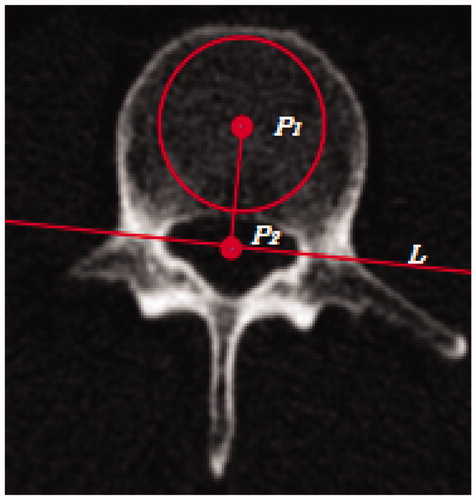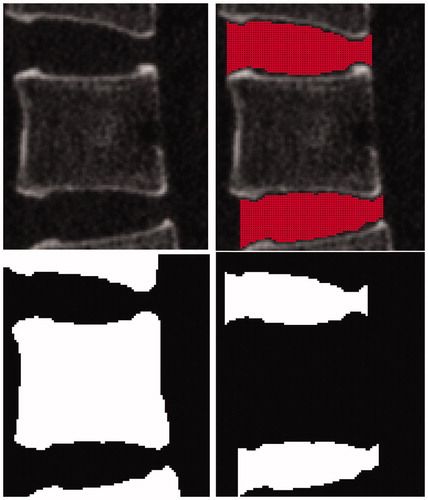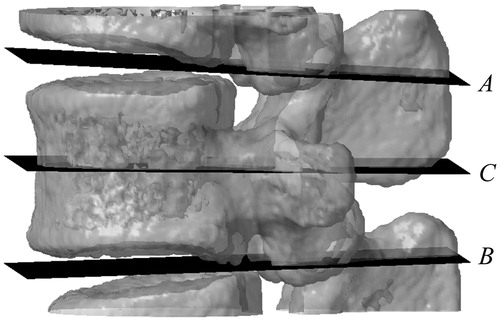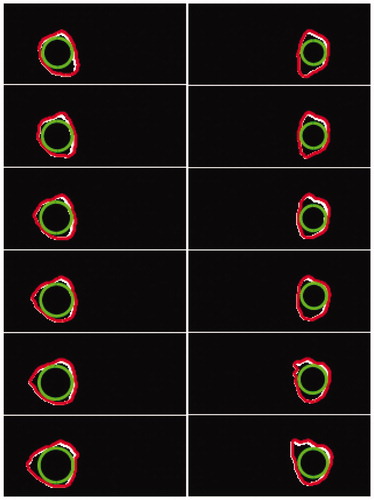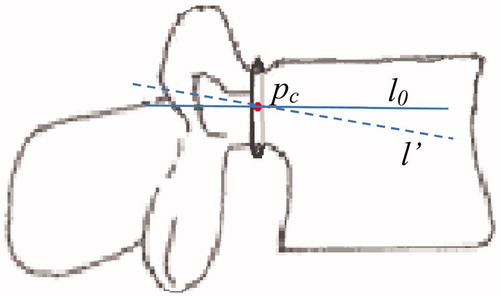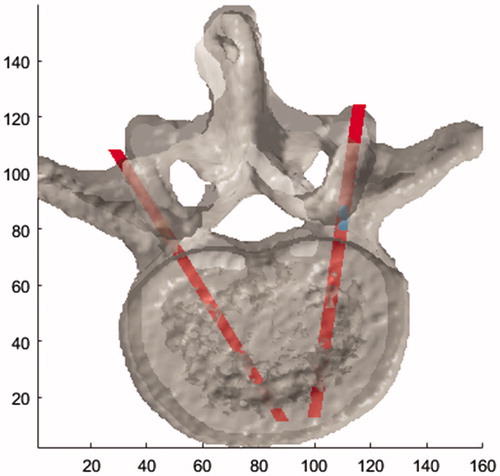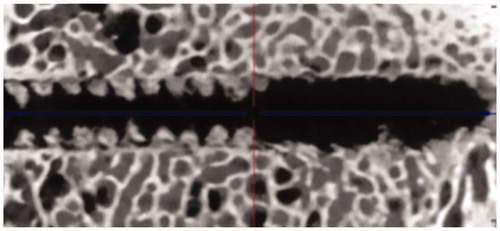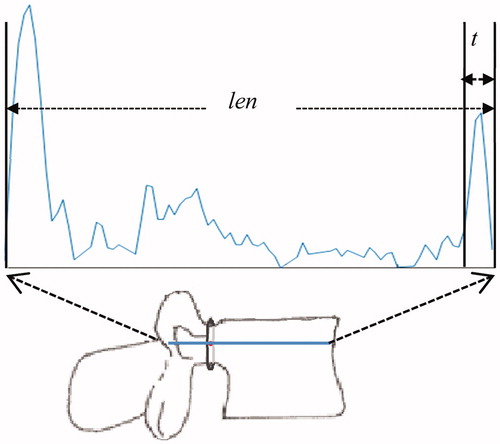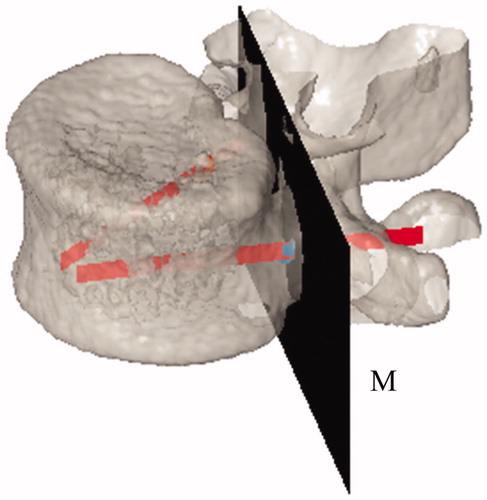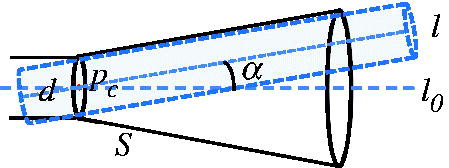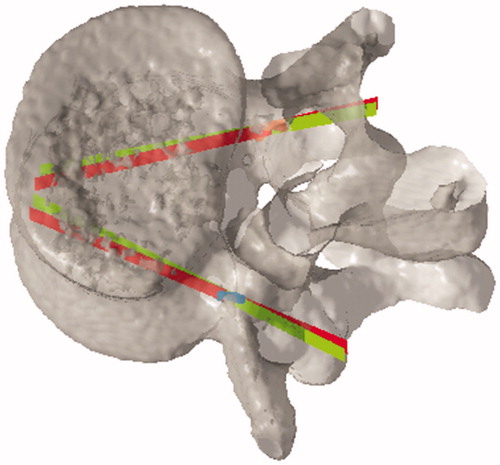Open access
1,264
Views
1
CrossRef citations to date
0
Altmetric
Research Article
A method of lumbar pedicle screw placement optimization applied to guidance techniques
Chen XiaozhaoSino-Dutch Biomedical and Information Engineering School, Northeastern University, Shenyang, China; Correspondence[email protected] [email protected]
, Huang JinfengSino-Dutch Biomedical and Information Engineering School, Northeastern University, Shenyang, China;
, Mao BaolinSino-Dutch Biomedical and Information Engineering School, Northeastern University, Shenyang, China;
, Yan ChongnanDepartment of Orthopaedic Surgery, Shengjing Hospital, China Medical University, Shenyang, China
& Kang YanSino-Dutch Biomedical and Information Engineering School, Northeastern University, Shenyang, China;
Pages 142-147
|
Published online: 03 Nov 2016
Related research
People also read lists articles that other readers of this article have read.
Recommended articles lists articles that we recommend and is powered by our AI driven recommendation engine.
Cited by lists all citing articles based on Crossref citations.
Articles with the Crossref icon will open in a new tab.

